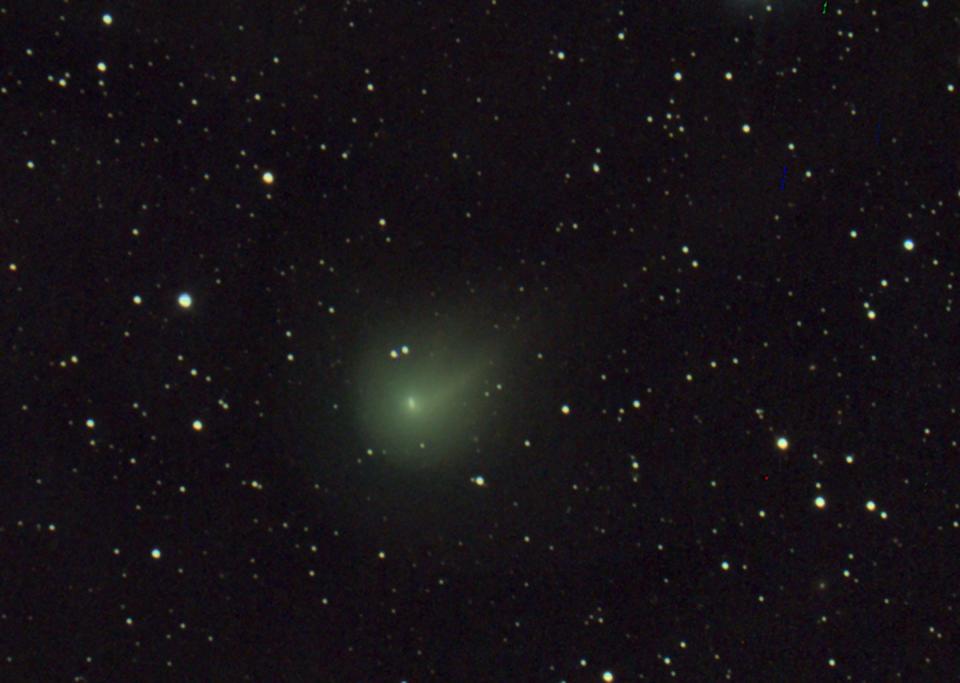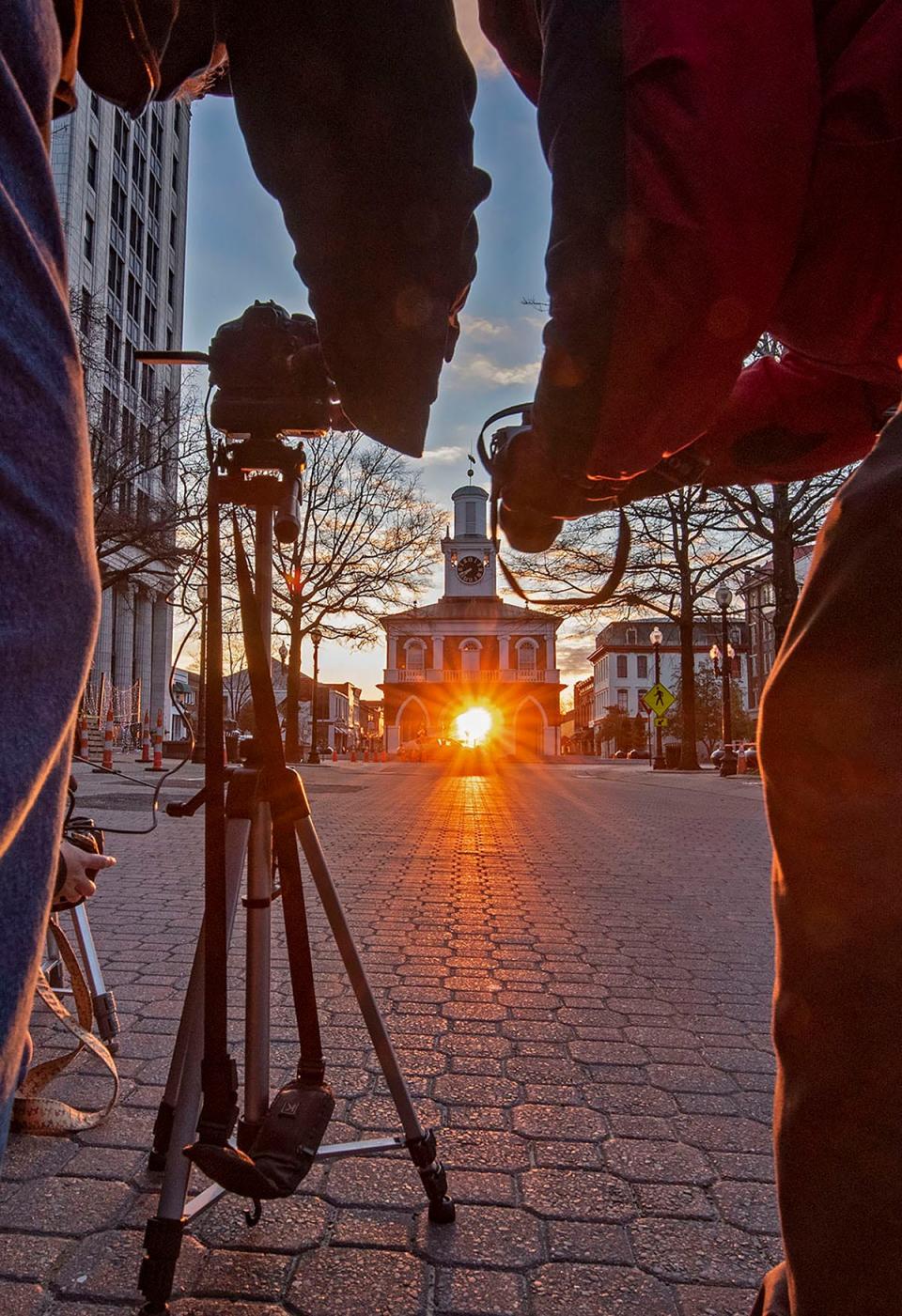Backyard Universe: Cool astronomical events slated for 2024 include a total solar eclipse
Every year has its memorable astronomical events.
Some are predictable while some surprise us and draw our gaze skyward with little prior notice.
Here are a few of the known, predictable events playing out over our heads during 2024, starting with the most anticipated one.
That would be the total solar eclipse on April 8.
For the first time since August of 2017 the moon will totally eclipse the sun for parts of the United States. From Texas to Maine, folks at some clear spots along the narrow track will see the sun vanish for almost 4-1/2 minutes or about twice as long as the 2017 eclipse.

The total eclipse won’t happen over parts of the Carolinas like the 2017 event, though it’s still a “driveable eclipse” but it’s not a short drive. The best likelihood of clear skies along the eclipse track in the US on April 8 is south Texas with increasing cloudiness predicted the further we travel northeast from there.
If you’re looking to drive to the eclipse center line Indiana would be about the closest state we could drive to that is crossed by the total eclipse track. Downtown Indianapolis is being treated to the total eclipse.
Here in southeastern North Carolina, about three-fourths of the sun will be eclipsed, creating a deep crescent sun at mid-eclipse that will require special filters to observe directly.
I’ll cover more about the April eclipse in future columns.
Oh, and if you decide to miss this total eclipse of the sun, the next one visible over the U.S. is a long wait and a longer drive. It happens on Aug. 23, 2044, over Montana.

Two bright comets?
We always need a question mark ending that statement.
Comets are notoriously unpredictable but two of them may reach naked-eye visibility in 2024 evening skies.
These “dirty snowballs” made of ice and dust left from the formation of the solar system can brighten and become very interesting to follow as they near the sun. Or they can fizzle and be nothing special to see.
In April, Comet P/12 Pons-Brooks will appear low in our western evening skies and may be detectable to the unaided eye. Discovered in 1812 by Jean-LouisPons, Comet Pons-Brooks has an orbital period similar to more famous Halley’s Comet. Pons Brooks is making a once every-71-year appearance, compared to a 76-year trip for Halley. The comet may even be visible in the eclipse-darkened daytime sky east of the eclipsed sun on April 8.
Comet Tsuchinshan–ATLAS in the fall
In mid-October, inboundComet C/2023 A3 (Tsuchinshan–ATLAS) will be positioned low in our southwestern evening sky as darkness falls.
Discovered in February of 2023 by an automated program that searches for comets, Comet Tsuchinshan–ATLAS should put on its best show between Oct. 12 and Oct. 19. It will appear higher in the sky each successive evening.
October is a favorable time for a bright comet to appear because it’s generally the clearest month of the year. Unfortunately, the moon will be in the evening sky then with a full moon on Oct. 17. A bright moon could brighten the sky enough to wash out the fainter comet, making it more difficult to see.

A downtown Fayetteville sunrise
Jan. 29 brings the winter version of the “Market House sunrise” in downtown Fayetteville. On that date and around Nov. 11, an observer standing in the middle of Hay Street can see the rising sun perfectly framed by the arches of the 1832 building.
Skies need to be clear in the direction of the sunrise to see the event, something we didn’t have back on Nov. 11 when the sky was cloudy.
It’s too early to tell if skies will be clear on Jan. 29, but, speaking from experience, the January sunrise morning is way colder than the November one.
If skies are cloudy Jan. 29, a morning on either side of that date will also work. Stretching it out much further before or after the Jan. 29 date results in a less optimum position of the sun in the arches.
Sunrise in Fayetteville comes at 7:16 a.m. on Jan. 29.
If you have a question about astronomy send it to Backyard Universe, P.O. Box 297 Stedman, NC 28391 or email johnnyhorne937@gmail.com.
This article originally appeared on The Fayetteville Observer: Total solar eclipse happening in April 2024

